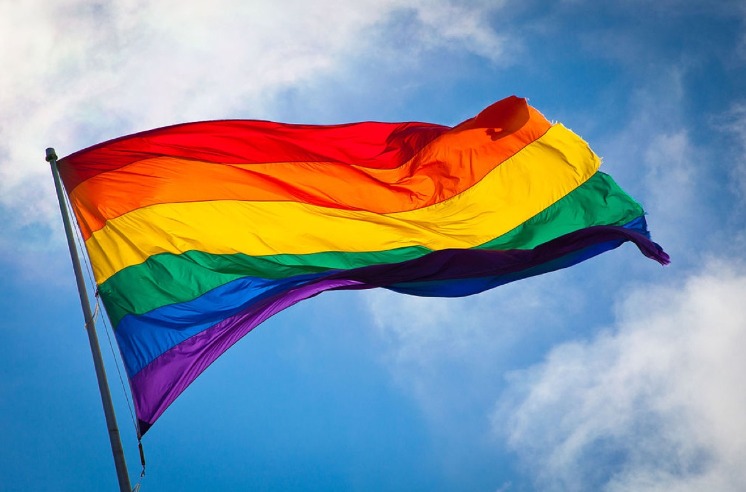~ SHREYA PANDEY
Gender is seen often as binary, i.e., either male or female. However, it differs from society to society as many cultures believe gender to be fluid or a spectrum. Often sex is misunderstood and used as a synonym for gender. But are they the same? Is gender binary? Or does it have a lot more to it? What do the terms cisgender, transgender, intersex, and LGBTQIA+ mean? Let’s find out.
GENDER VERSUS BIOLOGICAL SEX
Biological sex refers to the physical attributes that distinguish between male, female and intersex. It is determined at birth by chromosomes that offspring receive from the parents. These chromosomes are responsible for different traits of individuals. The XY chromosomes in an individual are responsible for male anatomy and XX chromosomes are for the female anatomy.
However, some people are born intersex due to aberration in sex chromosomes much before the person is even born. Some intersex people self identify as trans and non-binary, others with the gender they were assigned at birth. One must be careful not to put intersex under the trans umbrella term as it is biologically determined.
Gender, on the other hand, is purely a social construction. It has nothing to do with one’s biological sex, but we often use these interchangeably. For example, biological males are assigned a boy and vice versa. Gender refers to the behaviours, activities, roles and actions socially attributed to individuals in a given society.
Gender and gender roles are culturally sensitive. Patriarchal societies value characteristics associated with masculinity and matriarchal societies value femininity. Occidental societies see gender as binary, whereas others consider gender as a spectrum.
Gender identity refers to the gender that a person inhabits, experiences, and expresses in daily life. Biological males are often associated with traits like strength, courage, and power and females are associated with caring nature and soft-spokenness. But gender is about how one sees oneself. Some people identify with the gender assigned at birth while some do not.
Some gender-related terms are-
- Cisgender- A person whose gender identity and biological sex match. Like cismale or cisfemale.
- Transgender- A person whose gender identity does not align with the gender they were assigned based on biological sex is known as transgender.
- Transwoman- Transwoman- A transwoman is a person who was born male but identifies as a woman
- Transman- A transman is a person who was born female at birth but identifies as a man.
SEXUAL ORIENTATION
Sexuality refers to desire and attraction. Sexual orientation is the entire spectrum of identities, neither determined by biological sex nor gender identity. One’s sexual orientation indicates who one is generally attracted to emotionally, romantically, or sexually. People can be attracted to members of their sex or different sex, to more than one sex or gender, or not experience attraction completely.
Some people also have emotional and romantic feelings for people they are not sexually attracted to (or sexual attraction to someone they do not have romantic feelings for), this also falls under one’s sexual orientation.
What is LGBTQIA+?
LGBTQIA+ is an acronym used to incorporate the spectrum of gender identities and sexual orientations people can have. Earlier, it was described by the words like homosexual and gay, with the latter being more popular. Today, as a symbol of inclusivity, the acronym describes the spectrum of gender identities.
The meaning of different terms in the acronym LGBTQIA+ are-
- Lesbian- A lesbian is a woman who finds the same-sex attractive.
- Gay- A gay man is the one who finds a person of the same sex attractive.
- Bisexual- The term denotes a person attracted to people of their gender and other gender identities.
- Transgender- A person whose gender identity does not align with the gender assigned at birth based on biological sex.
- Queer- The term describes people whose gender identity is outside the strict binary of male and female. They may exhibit both traditionally male and female qualities or neither.
- Intersex– Intersex is someone who is not born with XX or XY chromosomes. As a result, the individuals possess both masculine and feminine anatomy.
- Asexual- Asexual is someone who experiences little or no sexual attraction. They must not be confused with aromantic people. Asexual people do not always identify as aromantic and vice versa.
The ‘+’ sign indicates all types of gender and sexual orientations that exist but cannot be defined yet.
A person’s sexual identity refers to how they feel about their sex, gender(s), and sexual orientation. Regardless of how people identify themselves, one must respect and acknowledge their sexual identity.
Must read- https://skchildrenfoundation.org/marital-rape-a-gloomy-night/





